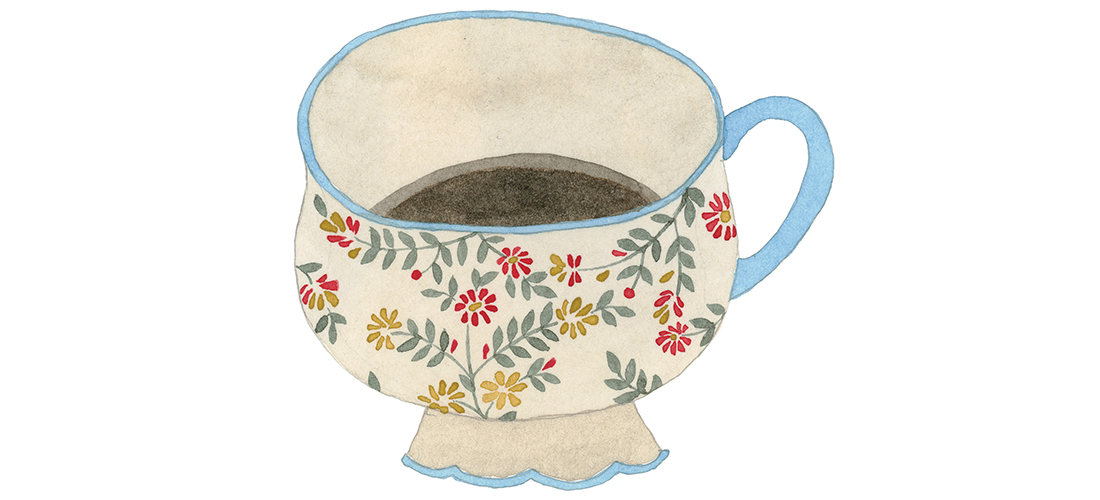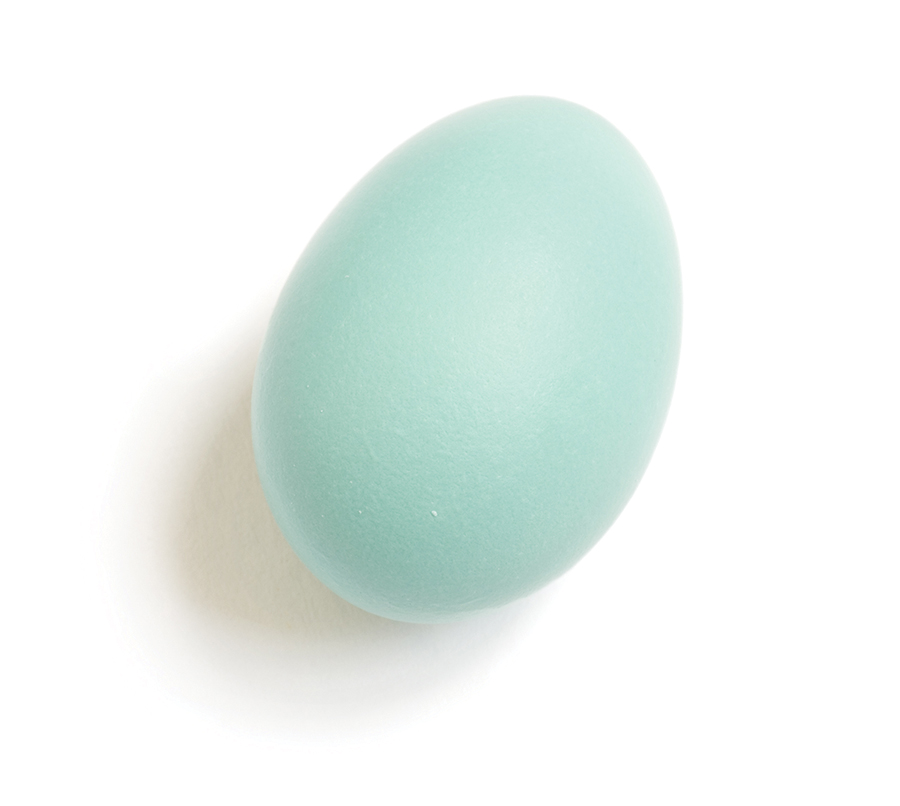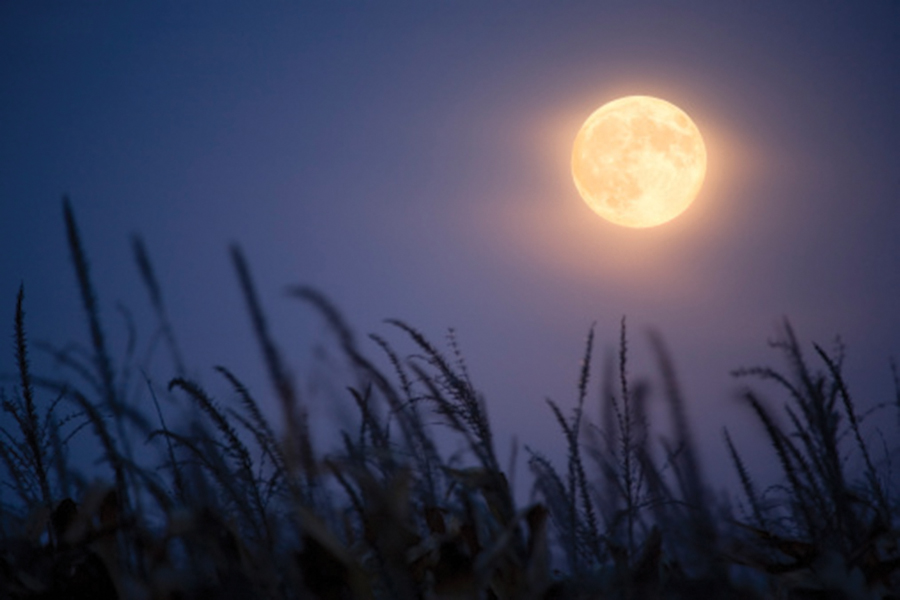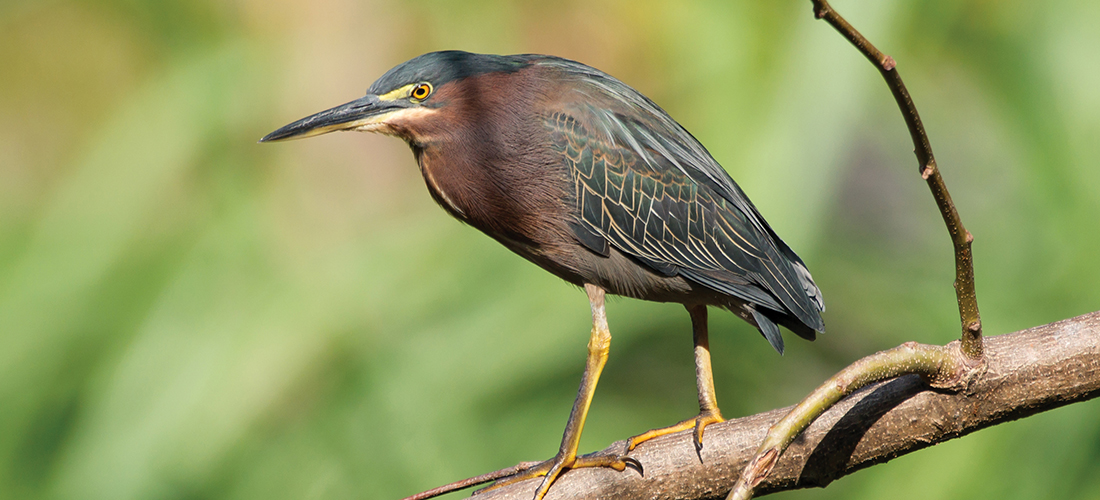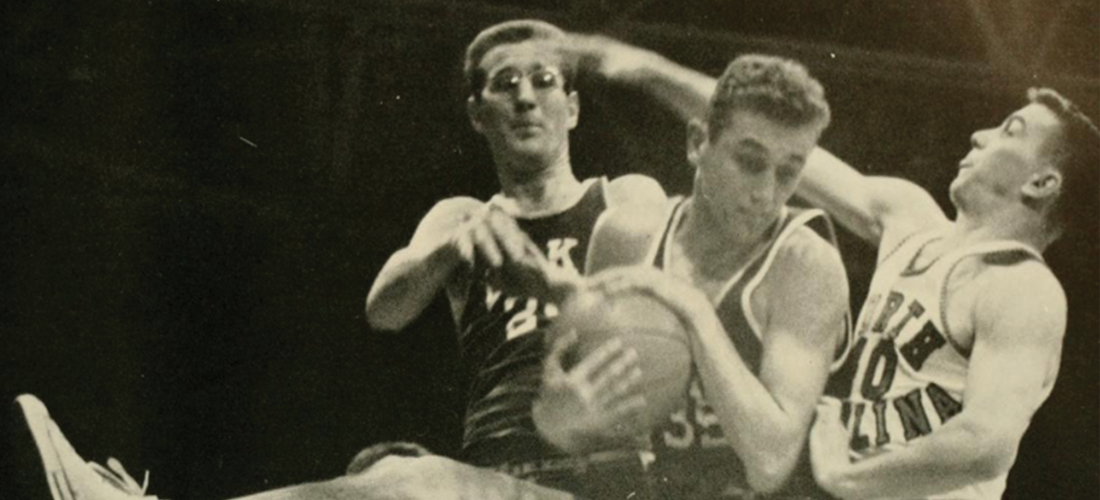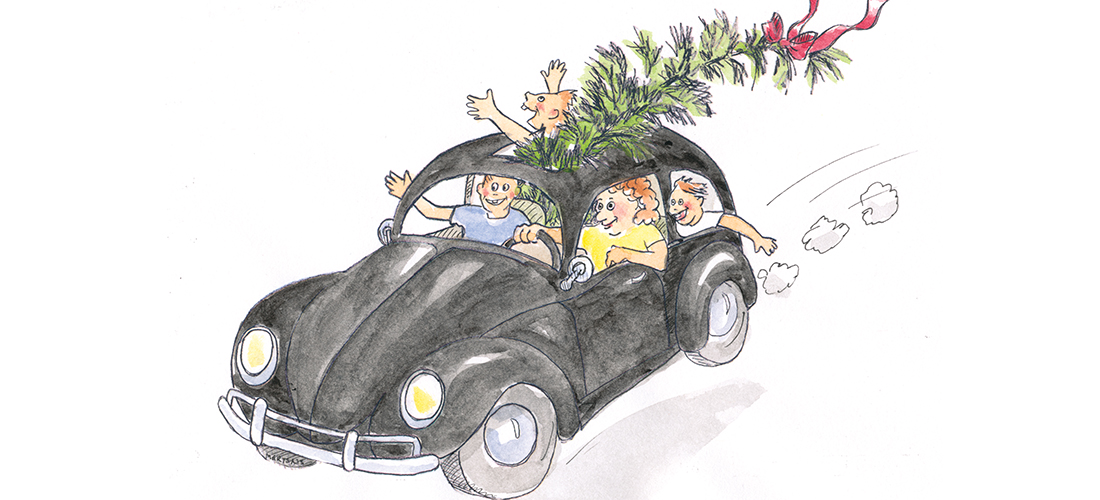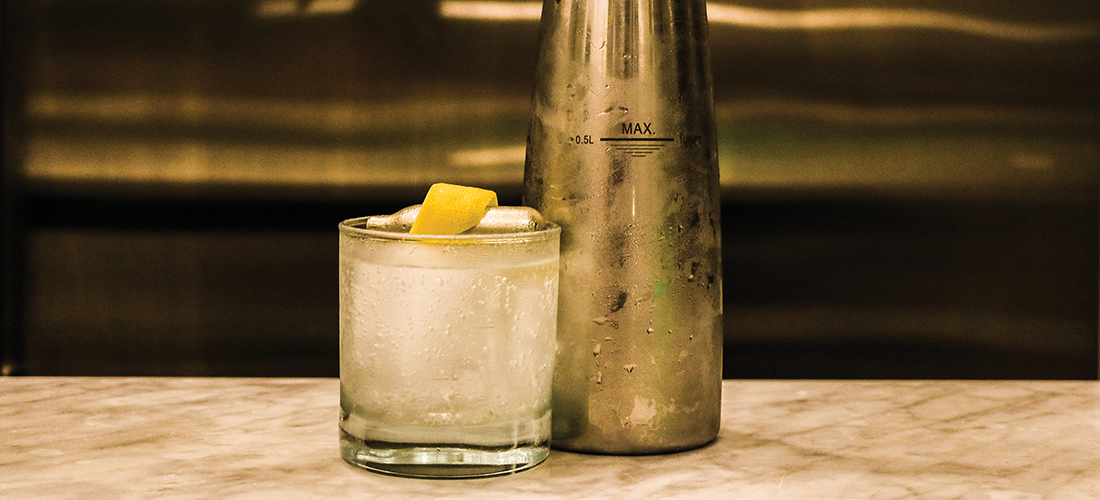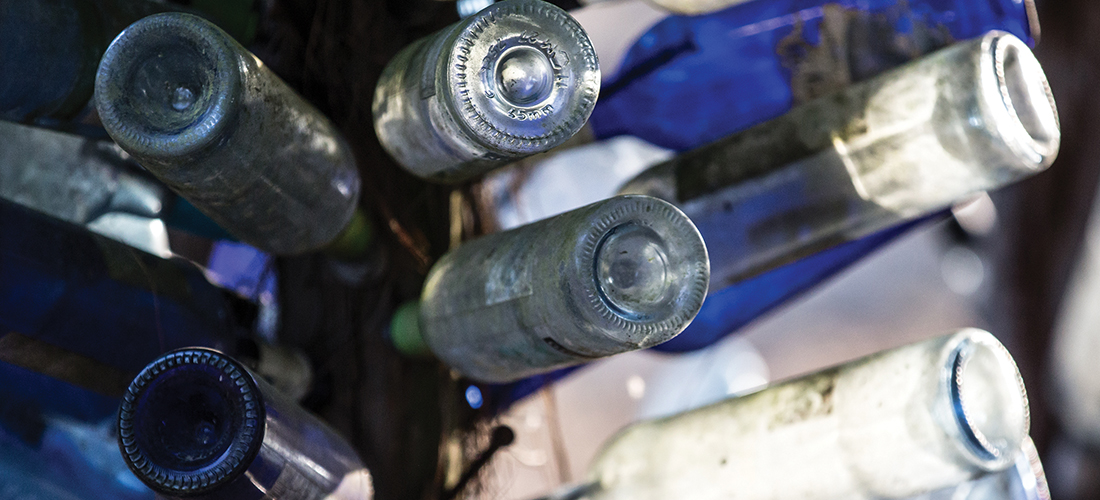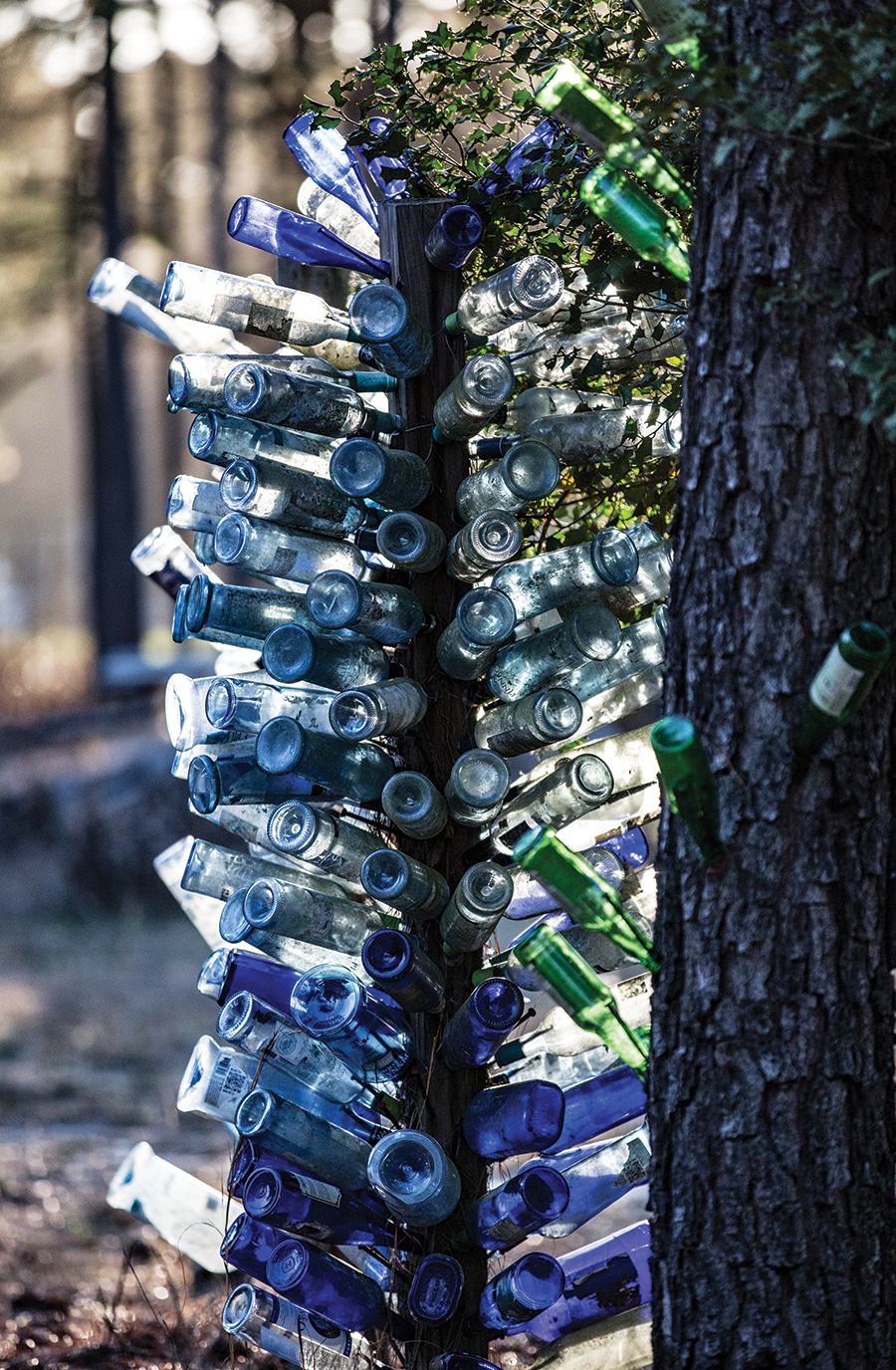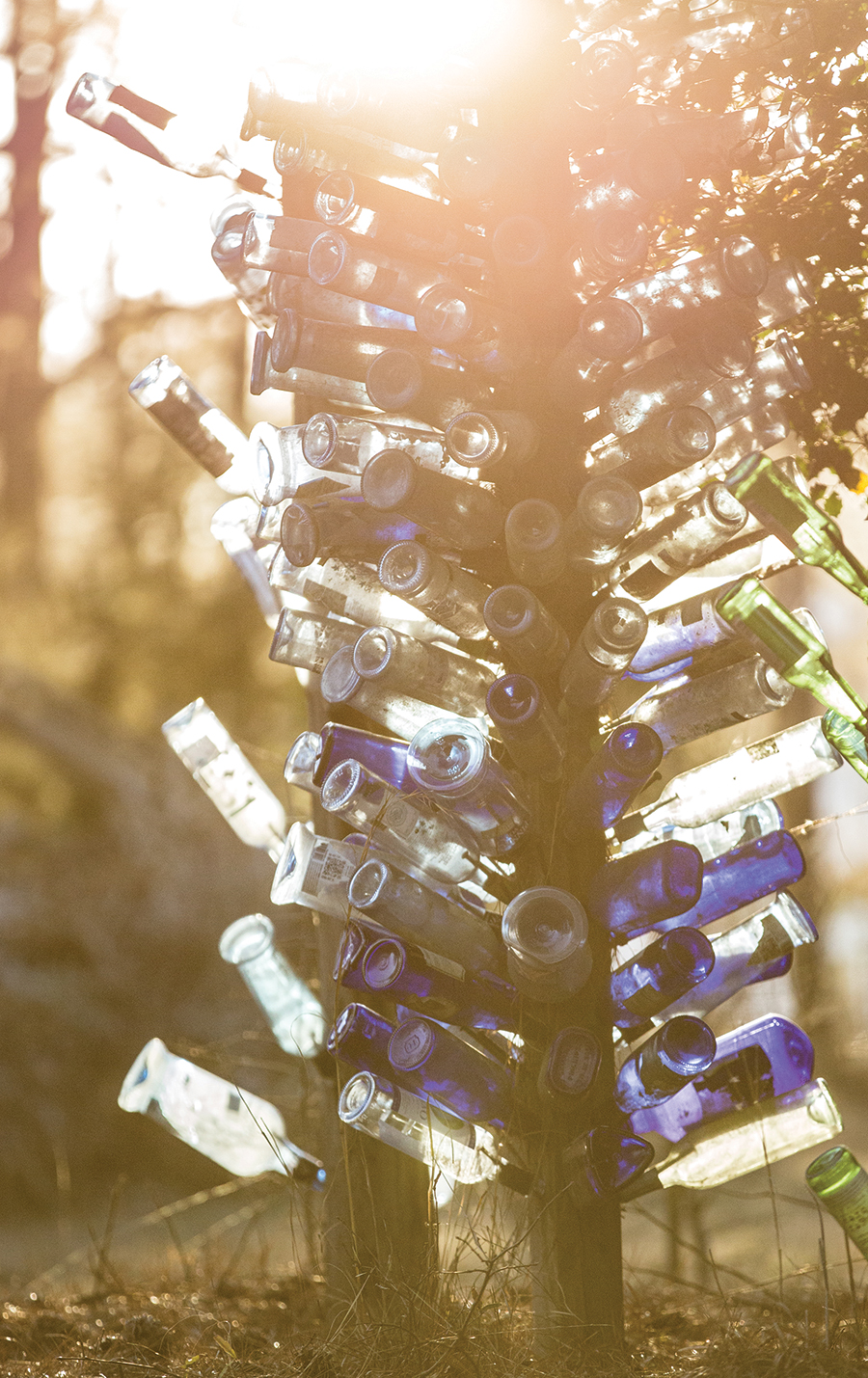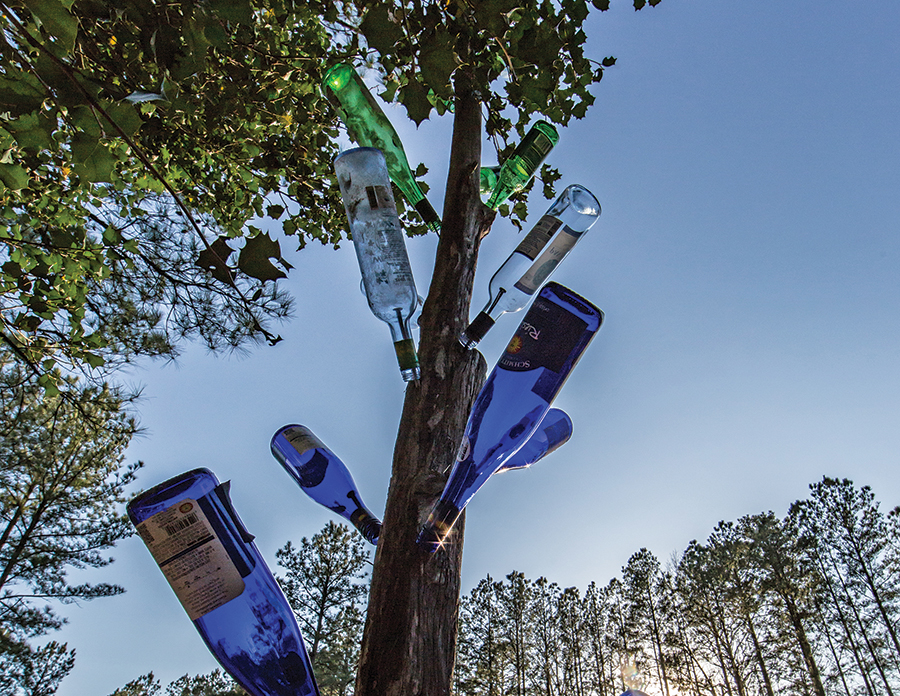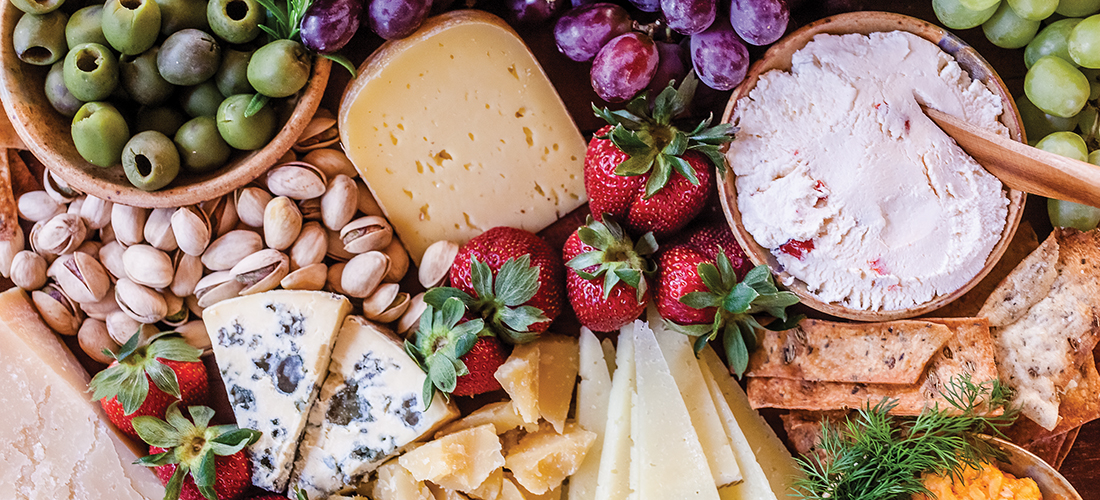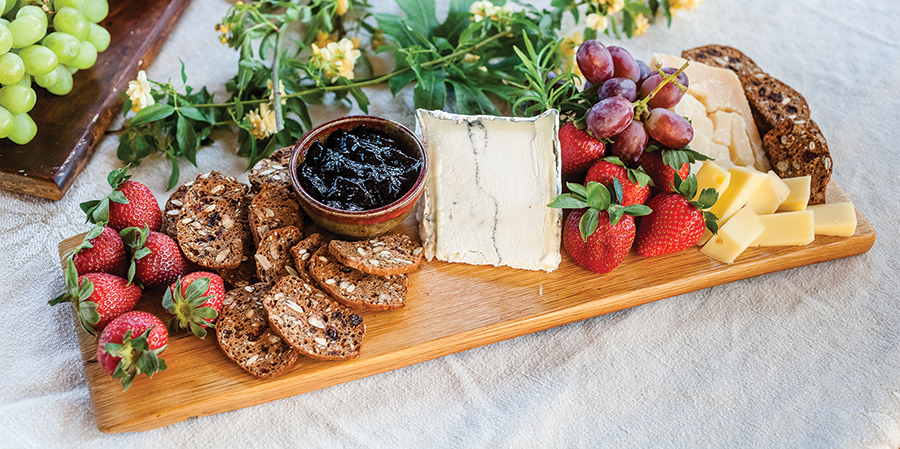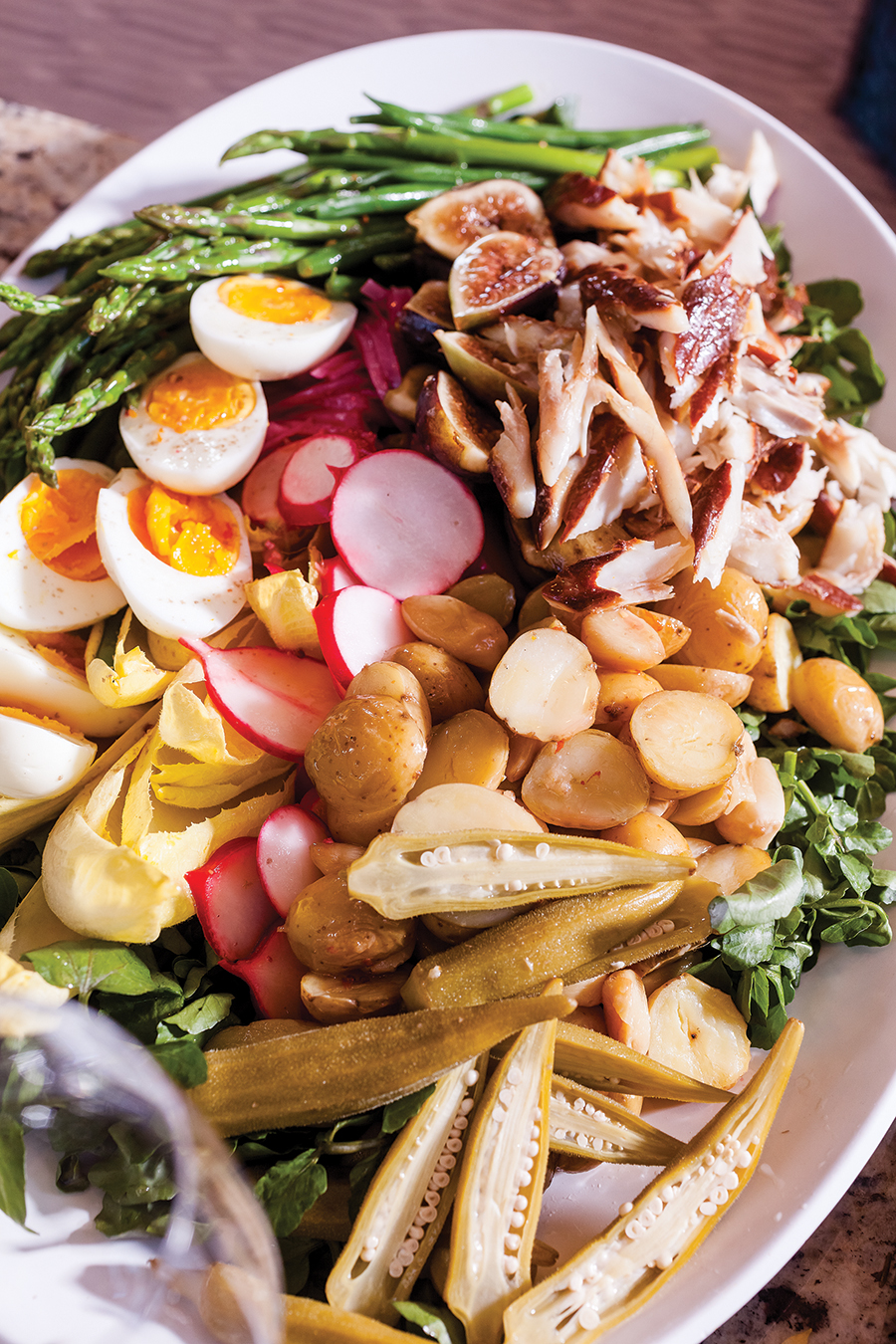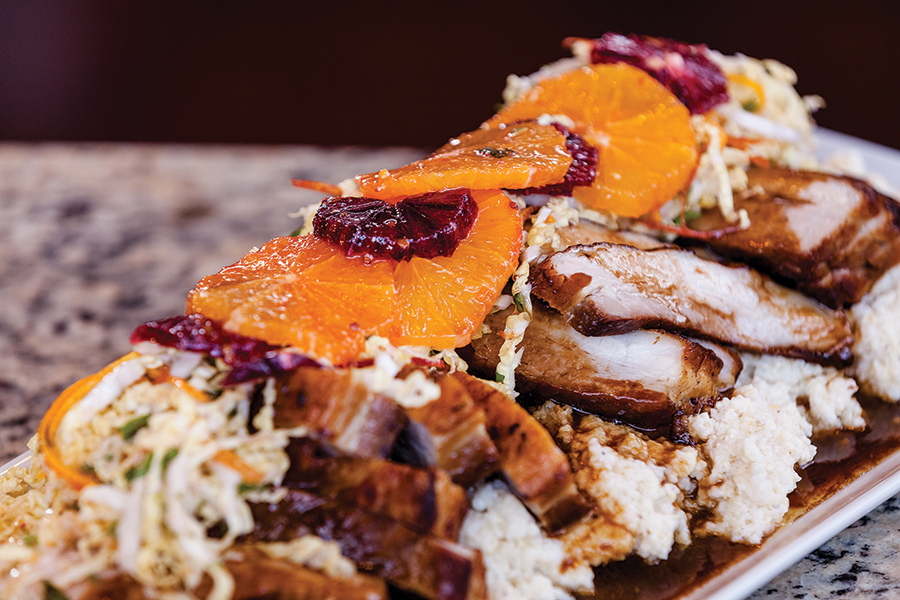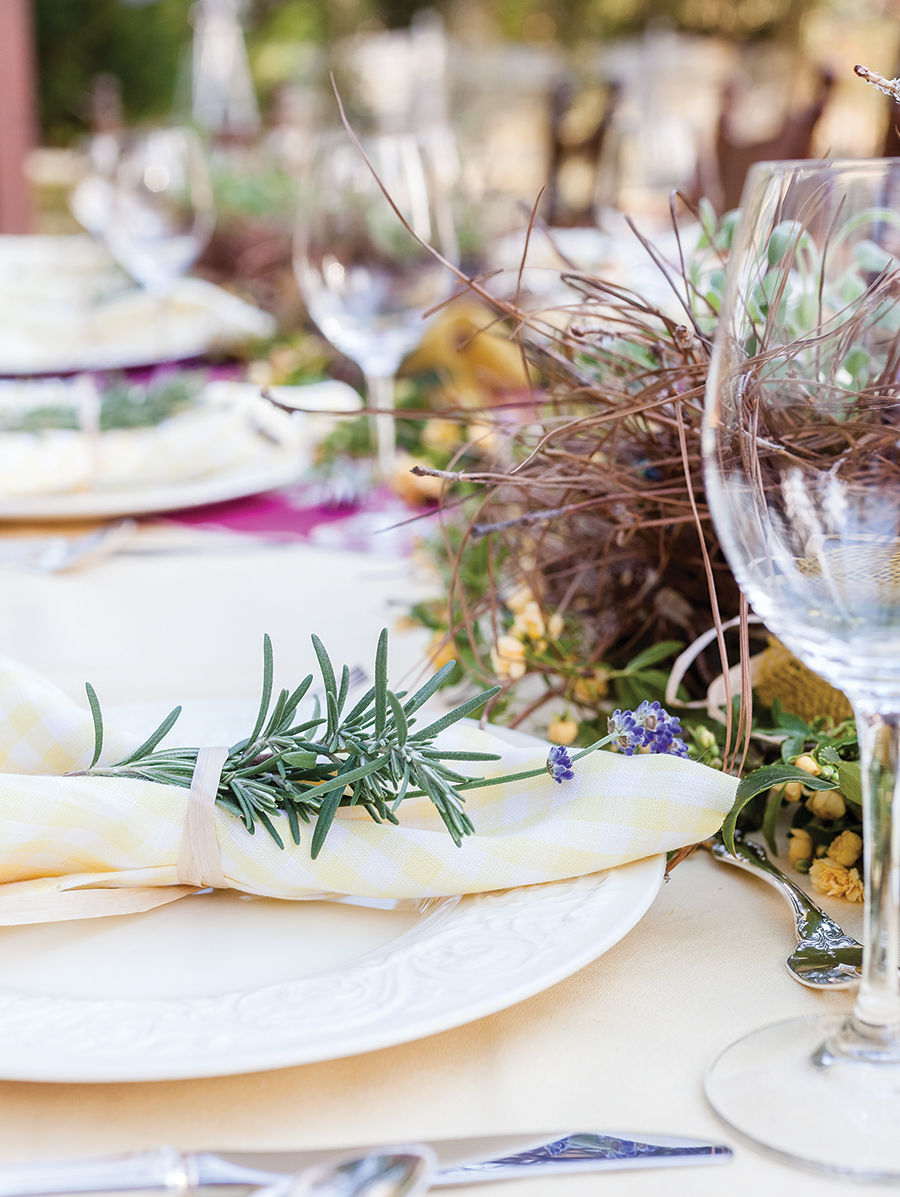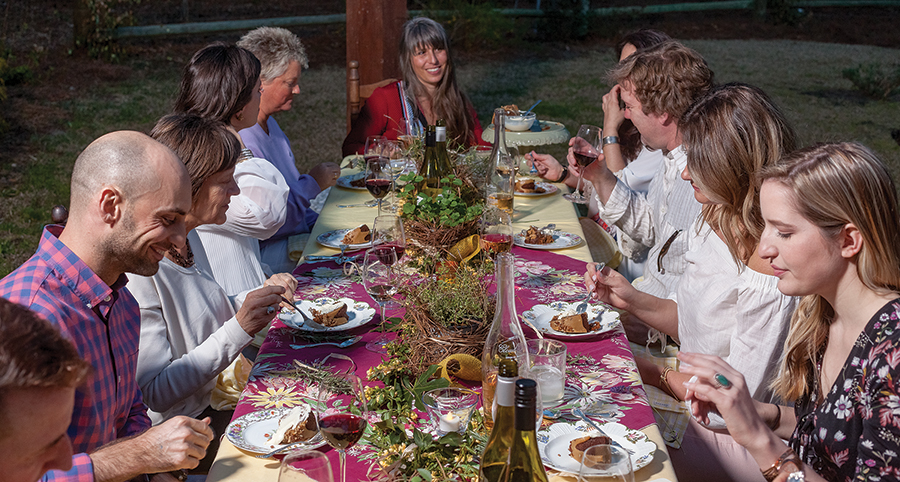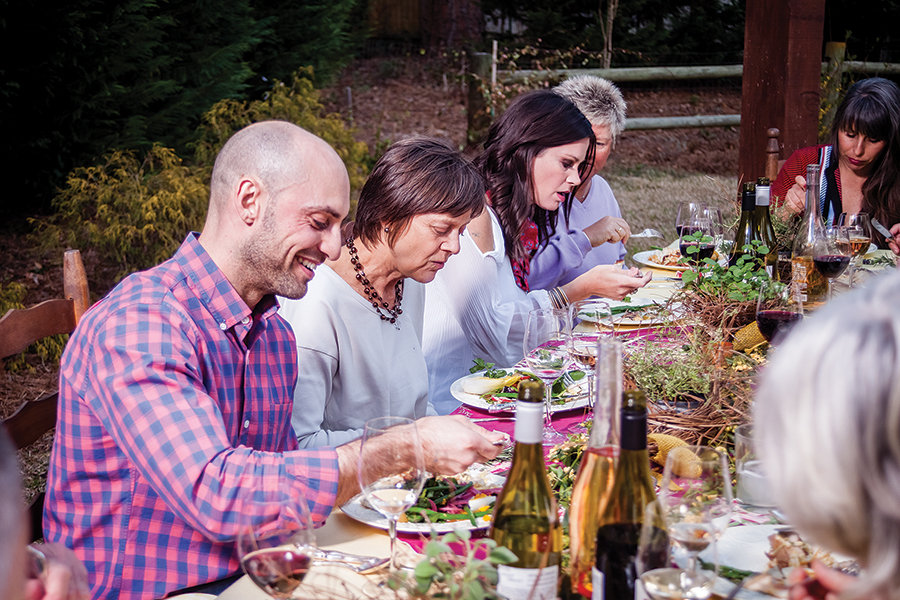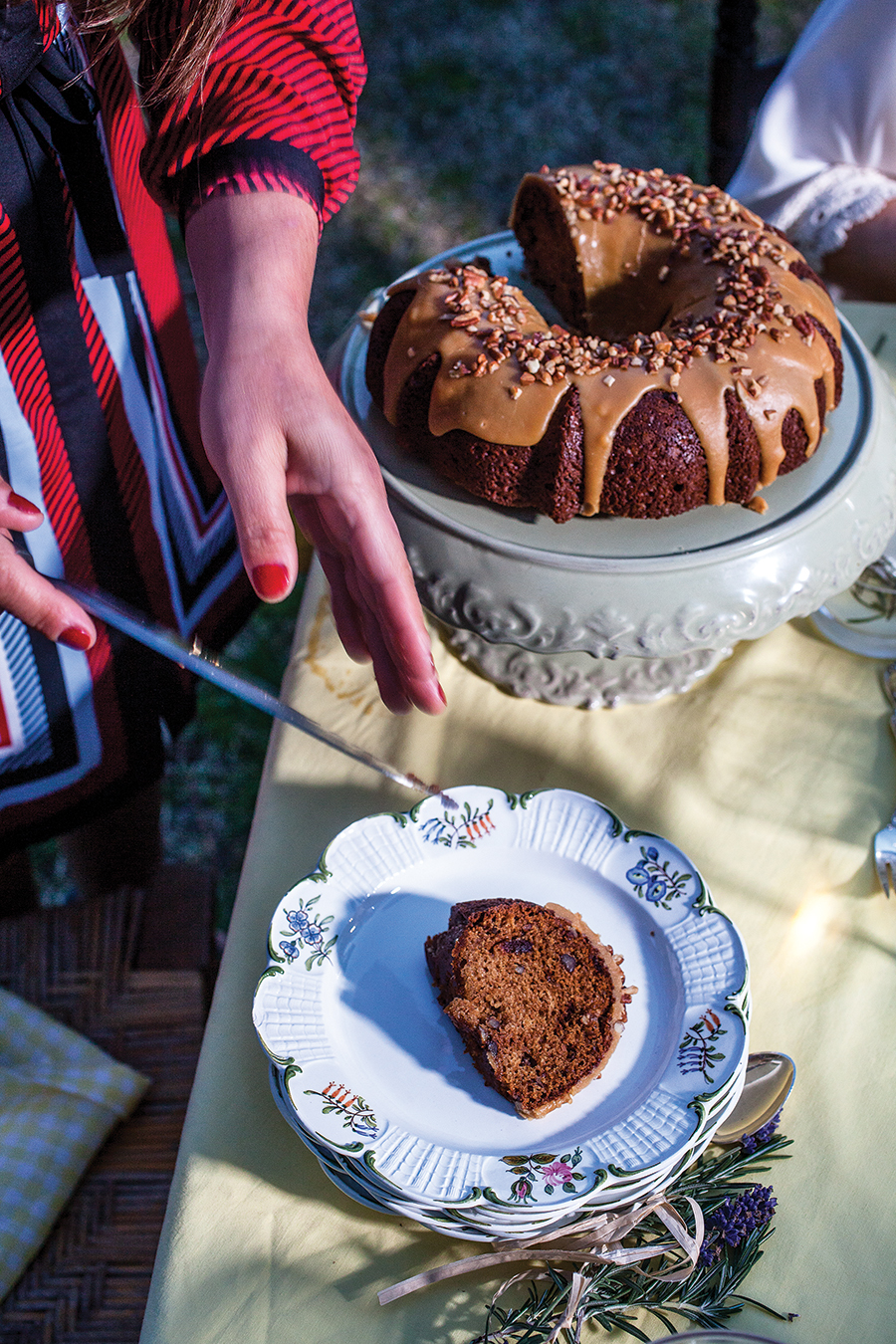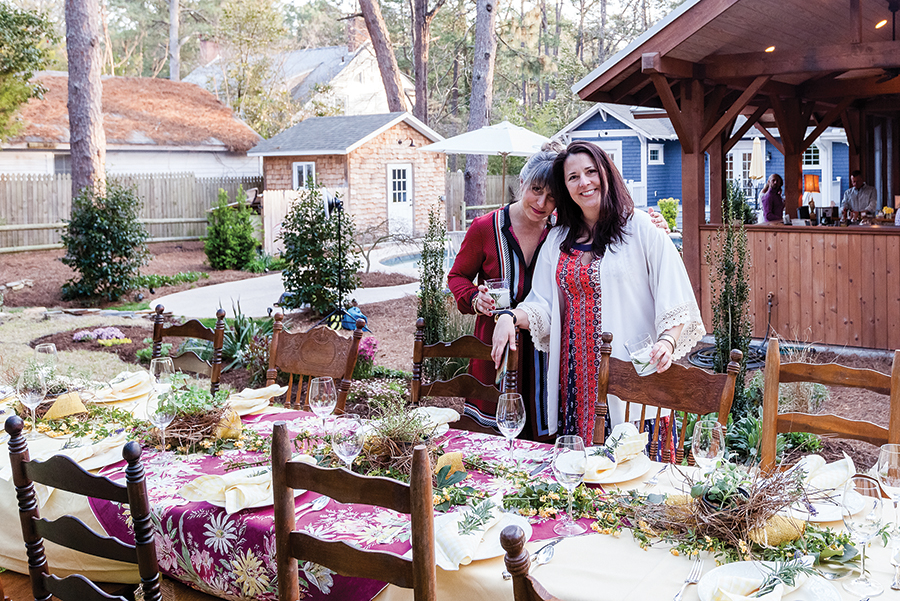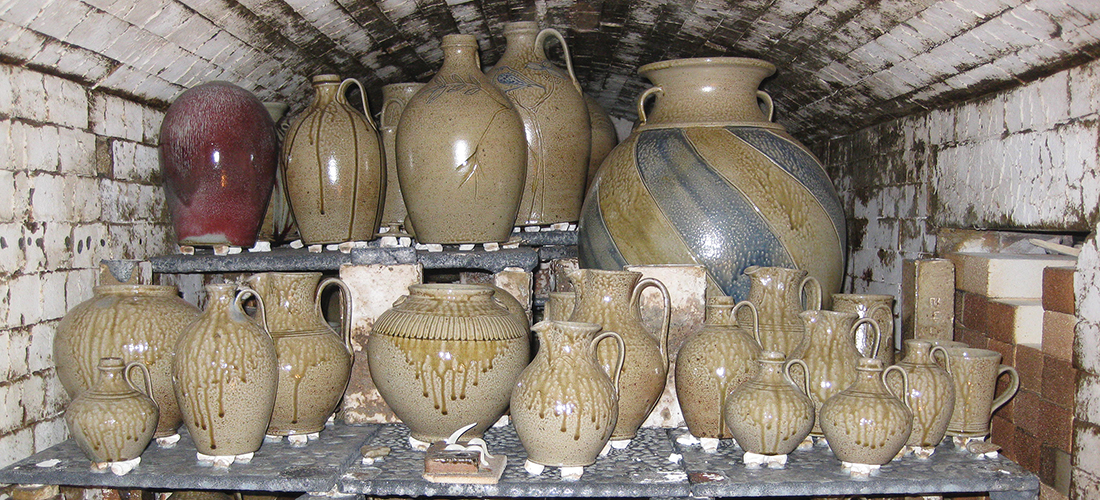100 Years of Jugtown
For 100 years, the Owens family has owned and operated Jugtown Pottery, a working pottery and American craft shop. The story of its founding and evolution have been told by Stephen C. Compton in his new book, Jugtown Pottery: 1917 — 2017 A Century of Art and Craft in Clay, released by John F. Blair, publisher. On Saturday, April 22, the Owens family will host a day-long celebration of Jugtown’s history and the book that tells it.
The shop opens at 8:30 a.m. with new pottery pieces from the wood and gas kilns, as well as fine crafts from many artisans. Activities are planned for the whole day and will include demonstrations, a book reading and signing, a Q & A session with author Stephen Compton and the Owens family, live music by local performer Momma Molasses, and food vendors. Buggytown Coffee will be on site with a wonderful variety of coffees, teas and goodies. Jugtown Pottery is located at 330 Jugtown Road, Seagrove. For more information, call (910) 464-3266 or visit jugtown@mindspring.com.
Earthly Delights
For your gardening pleasure, local plant sales are offering an abundance of horticultural treasures, rain or shine:
Saturday, April 8, from 9 a.m.–1 p.m.
The Weymouth Center Spring Plant Sale offers perennials, shrubs, trees, groundcovers, vines and herbs, from the Weymouth Estate and members’ gardens. The Garden White Elephant Sale will feature containers, books, baskets, tools and treasures of all sorts. Proceeds go to the Weymouth Center Gardens, 555 E. Connecticut Ave., Southern Pines. For information call (910) 692-6261 or visit weymouthcenter.org.
Saturday, April 8, from 8 a.m.–12 p.m.
The Sandhills Horticultural Society Plant Sale includes perennials, woody plants and bulbs and will take place at the Steed Hall (new horticultural building) area of Sandhills Community College, 3395 Airport Road, Pinehurst. For information or to pre-order call (910) 695-3882.
Friday, April 21, 1–5 p.m. and Saturday, April 22, from 9 a.m.–12 p.m.
The Sandhills Community College Annual Bedding Plant Sale is selling annuals, herbs, tomatoes and pepper plants to benefit the student’s educational field trip. Order forms are available at the Ball Visitors Center or you can order by phone, (910) 695-3883/3882. Mail SCC-Landscape Gardening Dept., 3395 Airport Road, Pinehurst, NC 28374. Email johnsond@sandhills.edu or fax (910) 695-3894. Pre-order to get the best selection. The sale will take place at the Steed Hall (new horticultural building) area of Sandhills Community College, 3395 Airport Road, Pinehurst.
Saturday, April 22, from 10 a.m.–3 p.m.
The Pinehurst Garden Club Plant Sale features local favorites. Profits provide a scholarship for a Sandhills Community College horticulture student and contribute to area beautification projects. To place an order, please visit www.pinehurstgardenclub.com or contact Janis McCullough at (910) 420-2208. Pick up your plants or shop at the sale at Pinehurst Fire Dept. Station 91, 405 Magnolia Road, Pinehurst. Info: (910) 420-1777.
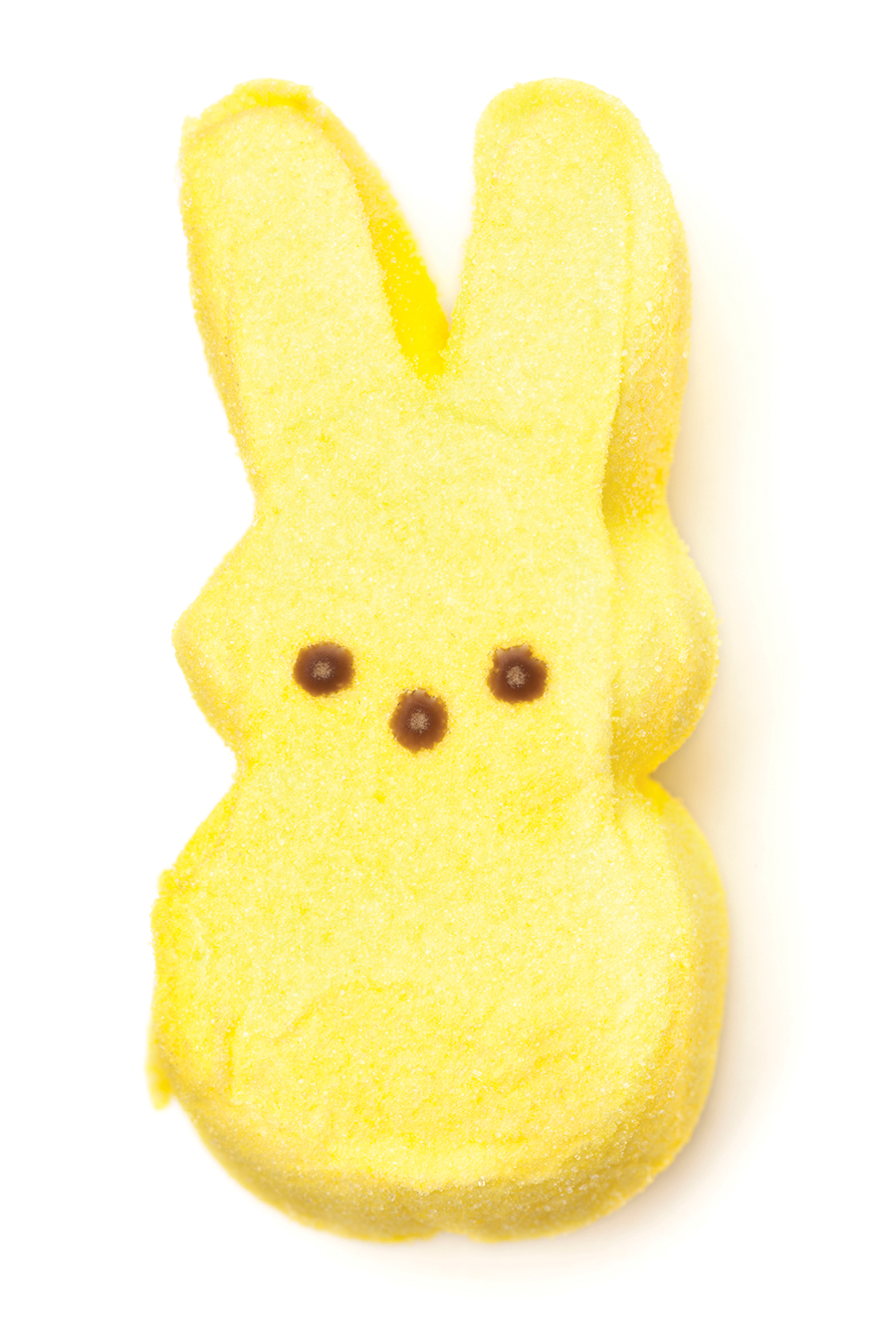
Marshmallow Madness
The ninth annual Peeps Diorama Contest is on, and the Southern Pines Public Library invites you to let your imagination and sweet tooth run wild in creating a diorama that stars the Peeps marshmallow chicks and rabbits in a scene from your favorite book. Or for the digitally inclined, create a “Peep Show” video.
The contest, sponsored by the Friends of the Library, is open to all ages, and prizes will be awarded by age group for best in show. Entries are limited to one per contestant for both the diorama and video contests and must be received by 5 p.m., Sunday, April 30. Find rules and entry forms online at www.sppl.net or at the library, 170 W. Connecticut Ave., Southern Pines, open Monday — Thursday 10 a.m. to 7 p.m., Friday and Saturday 10 a.m. to 5 p.m., and Sunday 2 to 5 p.m. Call (910) 692-8235 for more information or visit the website.
A Walk Through History
From the ancient cave paintings of Lascaux to the street murals of today, people around the world throughout time have used murals to express themselves. Denise Drum Baker, an artist and recently retired professor of visual arts at Sandhills Community College, will talk about murals as a means of freedom of expression, social activism and propaganda. Baker’s lecture, “If These Walls Could Talk,” is part of the Fine Arts Lecture Series presented by the Arts Council of Moore County and Weymouth Center for the Arts & Humanities. The lecture will take place on Thursday, April 6, at 5:30 p.m. A wine-and-cheese reception with Baker will follow. Both events are at 555 E. Connecticut Ave., Southern Pines. Cost to members is $11, $16 to nonmembers. Info: (910) 692-6261 or weymouthcenter.org.

The Joy of Broadway
On Saturday, April 8, The Carolina Philharmonic presents a Broadway cabaret, in which Maestro David Michael Wolff will introduce you to two of Broadway’s exciting entertainers in an intimate musical event replete with all the character, color and drama of the legendary Great White Way. There will be an afternoon performance at 3 p.m. and an evening performance at 7:30. Both performances will be at Sandhills Community College’s Owens Auditorium, 3395 Airport Road, Pinehurst. Tickets range from $11 to $60 and are available at www.carolinaphil.org. For more information, call (910) 687-0287.
Spring Scavenger Hunt
The Southern Pines Public Library and the Arts Council of Moore County invite children between the ages 3 and 12 to take part in a fitness-themed scavenger hunt on Monday, April 17, at the Campbell House playground. The scavenger hunt clues will lead the youngsters through some fun obstacles that will get participants of all ages up and moving as they hula-hoop, skip rope and crab walk to find eggs, prizes and fun. Top off the afternoon with a make-your-own-ice cream sundae. It all starts at 3 p.m., rain or shine, and is free and open to the public. The Campbell House is located at 482 E. Connecticut Ave., Southern Pines. For more information, call (910) 692-2787 or (910) 910-692-2463.

Meet the Beatles … Again
On Saturday, April 22, Vision 4 Moore presents the amazing Beatles tribute band “The Return,” performing songs that cover two eras of Beatles music. The first set will highlight the Ed Sullivan era, with “I Want To Hold Your Hand,” “A Hard Day’s Night,” and other early hits. For the second set, the band will dress in uniforms from the Sgt. Pepper’s Lonely Hearts Club Band album to perform songs like “Hello, Goodbye,” “Revolution,” and “Hey Jude.” Tickets are $15–$35, and profits from this event will benefit MIRA Foundation USA, Caring Hearts for Kids of Moore, and Meals on Wheels of the Sandhills. The performance starts at 7:30 p.m. at Lee Auditorium, Pinecrest High School, 250 Voit Gilmore Lane, Southern Pines. For more information, call (910) 365-9890.
Live after 5
On Friday, April 14, The Legacy Motown Revue will take you back to the days of The Drifters, The Coasters, The Jackson 5, Earth Wind & Fire, The Temptations, and many more legendary icons. The concert is free for the entire family, and you can bring your own picnic basket, but no outside alcoholic beverages are permitted. Food trucks will be on-site with sandwiches, pizzas and desserts. Wine, beer, water and soft drinks will be available for purchase with the proceeds supporting local nonprofits. Don’t forget to bring your lawn chairs, blankets and dancing shoes! The music starts at 5:30 p.m. at Tufts Memorial Park, 1 Village Green Road W., Pinehurst. For more information, call (910) 295-2817 or visit vopnc.org.

A Russian Virtuoso in Concert
Classical guitarist Irina Kulikova was born in Chelyabinsk, Russia, where under the guidance of her mother, cellist Vinera Kulikova, she started developing her musicianship at an early age. At the age of 12, Kulikova began performing throughout Russia and abroad and graduated with distinction from the Mozarteum University in Salzburg (Austria), the Gnessins Academy in Moscow and the Conservatoire of Maastricht (The Netherlands). Treat yourself to this free concert on Tuesday, April 11, at 7 p.m. at Owens Auditorium, Sandhills Community College, 3395 Airport Road, Pinehurst. For more information, call Ryan Book at (910) 695-3828.

